A friend of mine was selling a tenor Brilhart Level Aire mouthpiece that he picked up a few months ago. Although at first he liked the piece, it turned out not to be what he was looking for.
I have been using the Arnold Brilhart-designed Rico Graftonite and Metalite pieces for years, but I never owned, or had even tried a Brilhart. I thought what the hell, I’ll buy it and see what this Level Aire mouthpiece sounds like on my various tenors.
The sound is much darker than that of the Dukoffs that I normally play. I have a collection of vintage D, D*, and my personal favourite, an S model. I also have a paint-peeling, new D chamber from Dukoff. This Level Aire is a completely different animal.
The Level Aire requires at least twice the air that any Dukoff does. If you don’t have a lot of air and/or the proper breath support, you’re not going to get this piece to sound like anything.
Once you’ve got the air and the breath support established, then you have something to work with. The sound is lush, and reminds me of a smoke-filled jazz club.
Although I haven’t yet played it on all of my tenors (I just bought it a few days ago), I can tell you it works wonderfully on the following horns:
- The Mark VI with the Steve Goodson-designed Unison neck (haven’t yet tried it with the stock Selmer neck);
- The Keilwerth Toneking Series III (Jubilee stencil);
- The Kohlert Regent.
It does not, however, work on the Zephyr. The horn loses its rich overtones and becomes unresponsive. In short, it sounds like crap. Interestingly enough, Kevin also had a Zephyr and he had the same problem. The mouthpiece did work though, on his Martin Committee III.
It will be interesting to see what this mouthpiece does on the Hohner President (which already requires a lot of air), the Martin Handcraft, and on the 10M.
Although I won’t be using the Level Aire when playing electric blues with Deception, I do see this as a wonderful jazz mouthpiece. I still would like to put my jazz band back together, and if I do, this piece will provide that quintessential jazz sound with some of my primary horns.




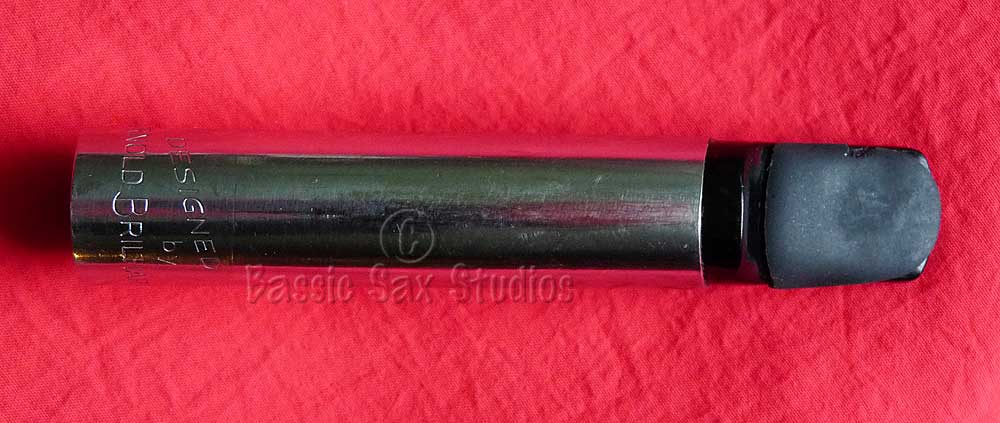
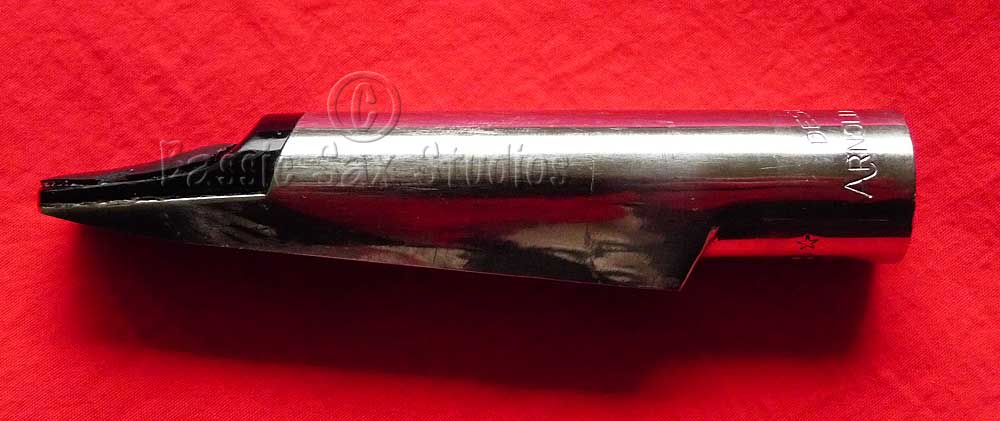
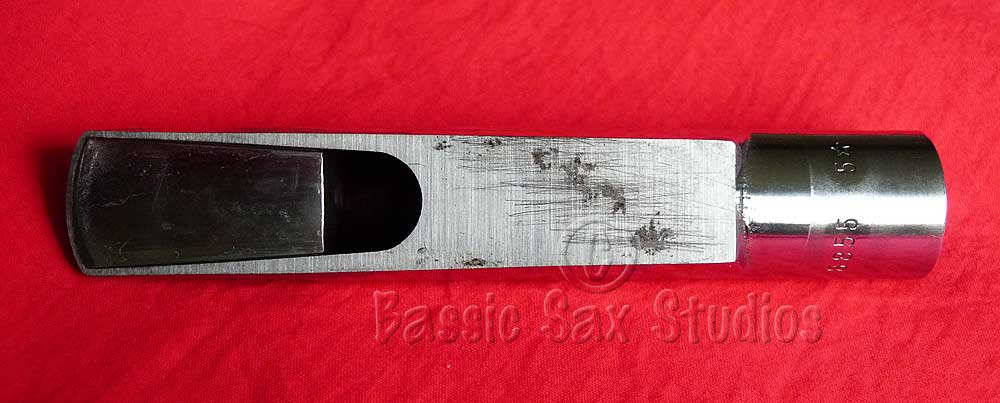
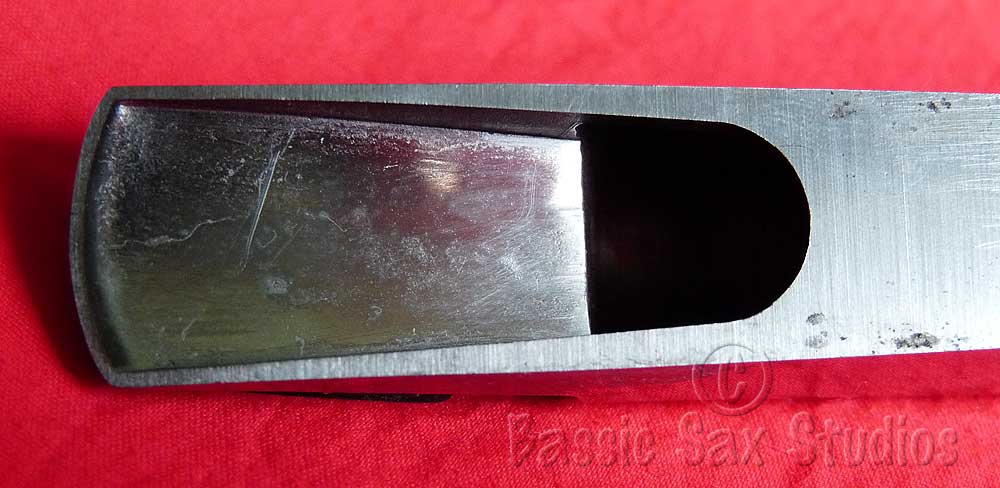
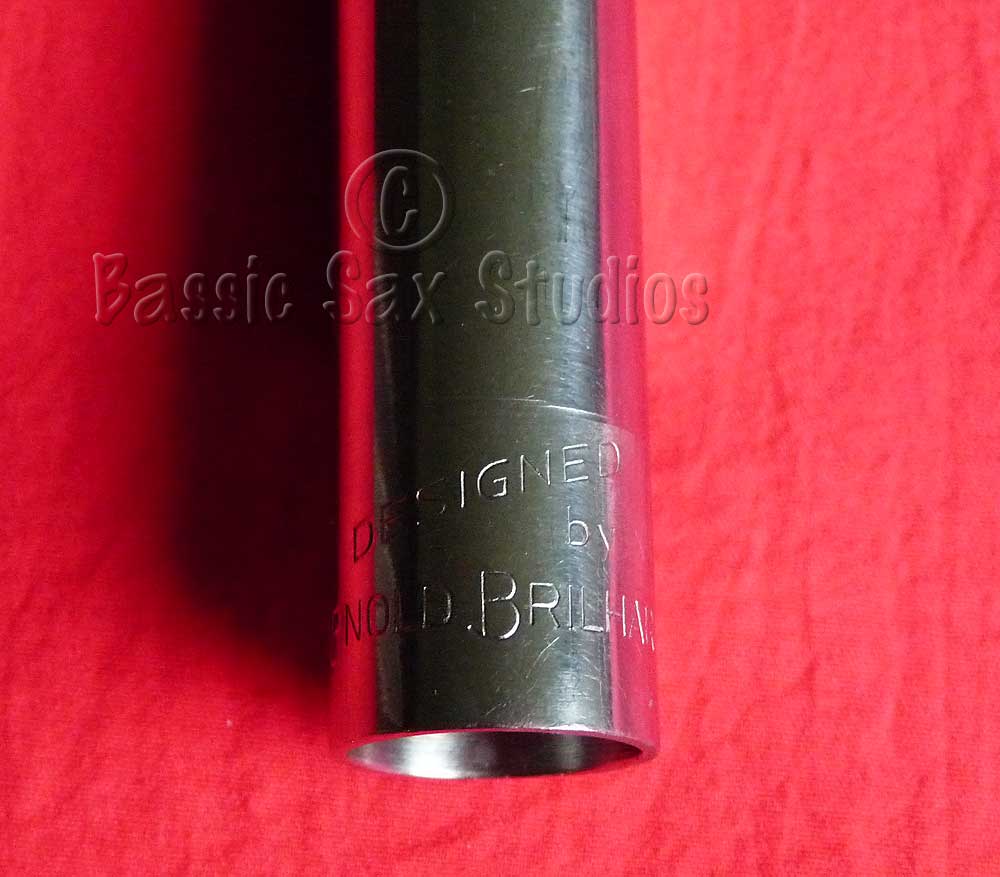
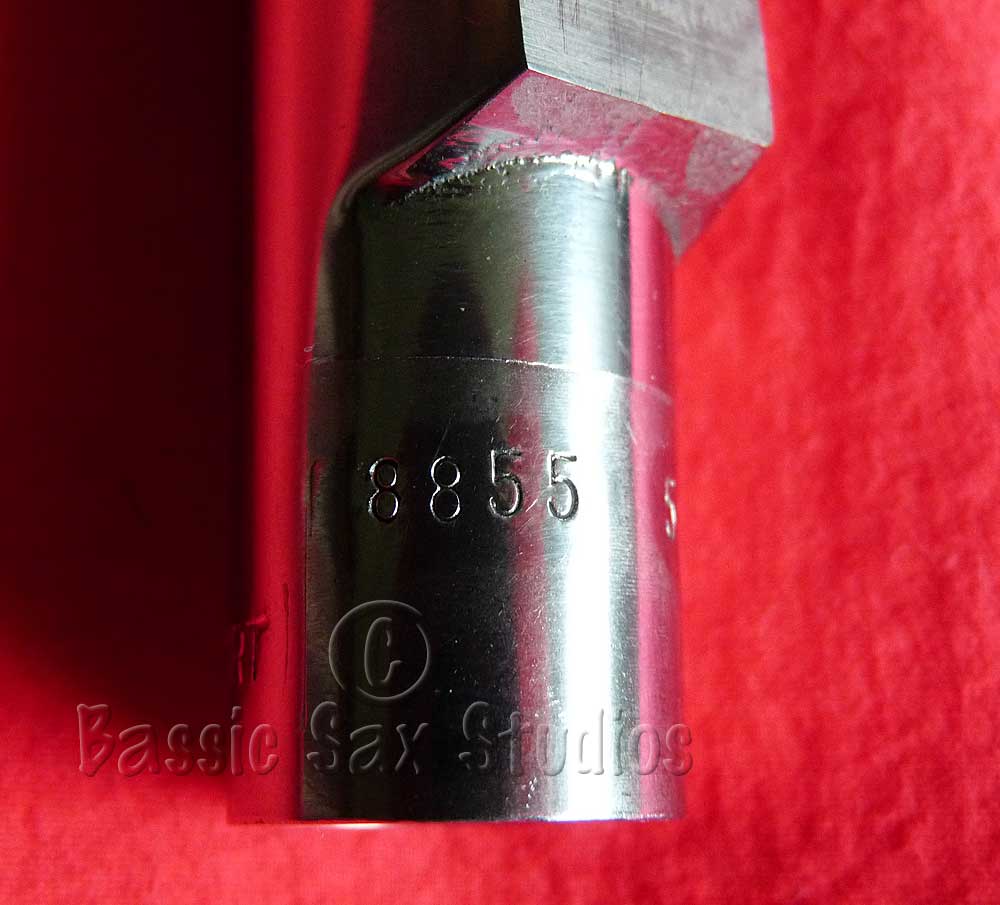
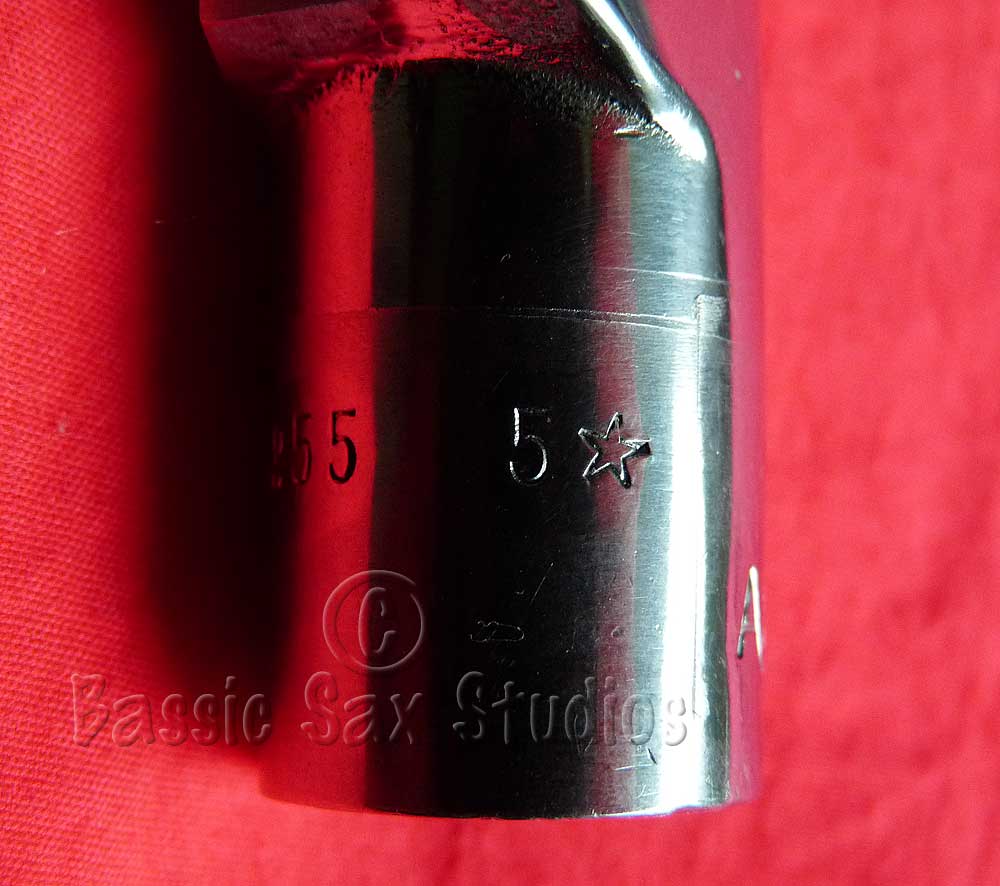
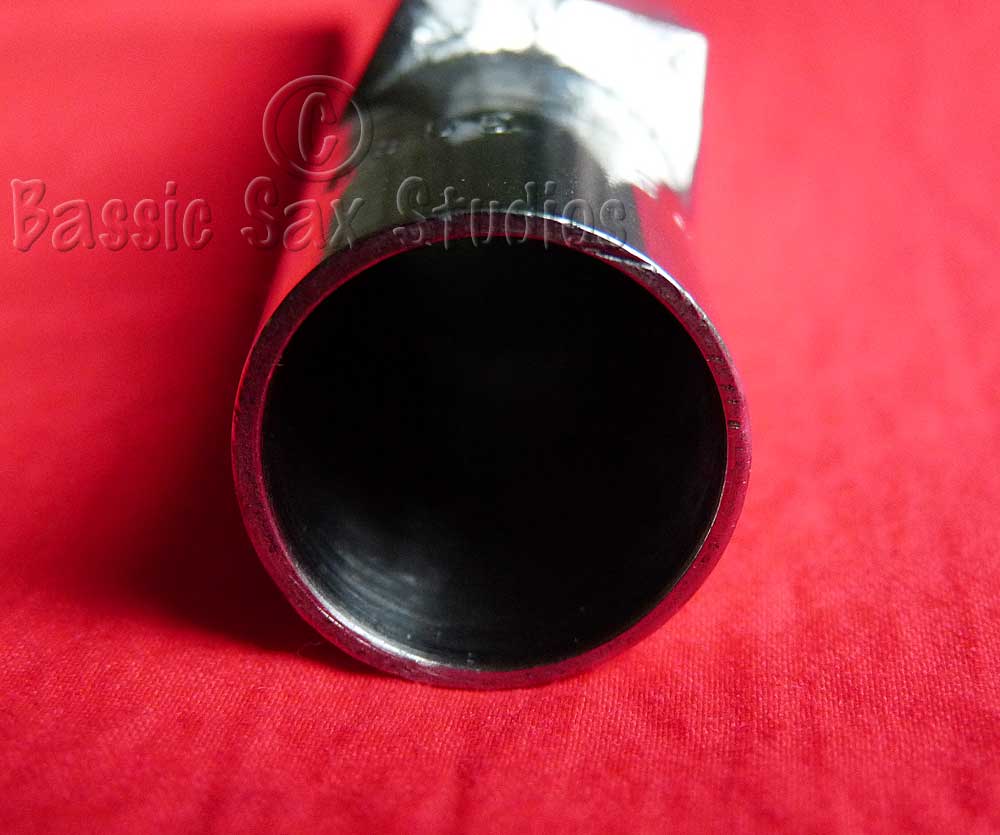

Hello Helen,
I was reading this article and noticed the Steve Goodson designed unison neck. This is intriguing to me. I know that he makes replacement necks. I was wondering what you thought of these necks or if you did a review of these before? The reason I ask is I have a Mark VI 1969 but the neck was originally pulled down. Two technicians have worked on it before and pulled it up as much as they can. They are afraid any more adjustment will cause it to break. While the neck is pretty straight you can feel little bumps and dents where it just can’t be straightened out. It makes the horn very resistant and stuffy. I was wondering what you thought of the Goodson necks because I was thinking about getting one or if anything a replacement tenor neck. I have another mark VI where the neck isn’t pulled down but the darn horn was lacquered 🙁 not my choice, So I don’t like that neck ( or that horn) either. It’s a spare.
THanks
jason
Hi Jason.
No, apparently I have never done a review of the Steve Goodson-designed neck before. Weird… I thought I had…
I’ve been using the Unison neck since 2000. I got it directly from Steve when I was in New Orleans picking up my bass from Paul Coats.
These Unison necks are different than the current SG necks on a few fronts. You’d have to ask Steve directly how much they differ, but I know there’s quite a bit of difference between them. For example, Steve’s new necks have the neck enhancer built into it. Mine doesn’t.
The neck I have is the one he designed when he was still involved with Unison. It was his first kick at the can with regards to neck design, that’s why I called it the first generation of SG neck. I can tell you about my replacement neck, it’s features, qualities, and what Steve was aiming for when he designed it. Then when you compare it to the current ones, you have more comparative info.
Steve’s idea when designing the neck was in part to correct some of the problem areas that exist on our horns. Specifically, A2 and D2 have been cleaned up and are less airy than with the stock neck. The SG-designed Unison neck is a thin wall neck, and provides a much brighter (more overtones present) sound than the stock neck. For me, that’s a good thing. For others… Not so much. Here’s a link to my tenor set-ups page to give you an idea of what I use, and how/when I use it.
The angle of the neck is quite different than the stock neck. (See photo linked above.) I find it very comfortable to play. The octave key design works very well. It is very quick in its response.
Since I have bought this neck from Steve in 2000, I don’t think I’ve used my stock neck more than a handful of times. I believe however, that these necks are not necessarily for everyone. It depends entirely on what you are looking for with regards to sound.
Having said that, like I said, this was Steve’s first neck design. Although I have played his new neck design, I haven’t played it on my own horn, so I can’t compare it directly. If you send Steve an email, he’ll be able to tell you more about his different designs, and what his new one offers that this one didn’t.
Hope this helps.
Helen, Thanks for the detailed information that you gave me regarding the Steve Goodson neck. greatly appreciated!
I have one of these for bari if you’re interested. It’s only a 5 tip so you’ll need hard reeds, but it plays well enough and has the original ligature. Being stainless steel, working on it is not impossible (it’s not as hard as the Berg Larsen, nor are the walls as thick) but opening it up is still beyond my capabilities.